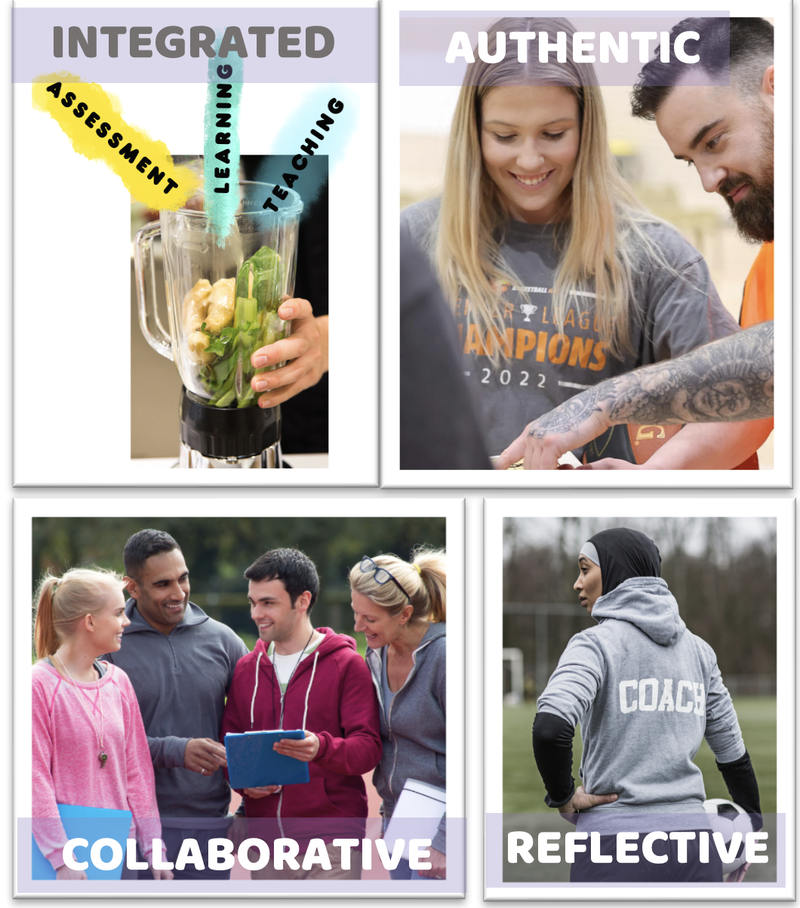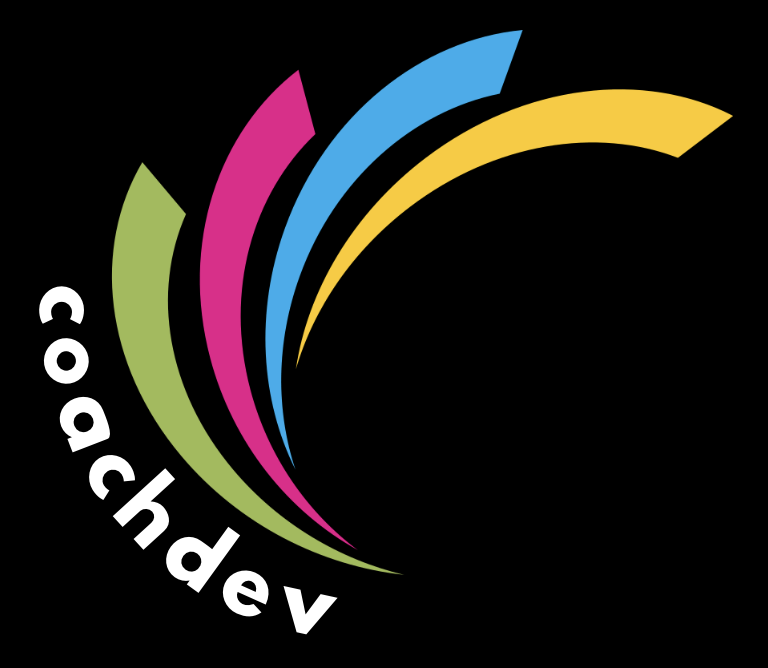This post accompanies a session on assessment at the Australian Sports Commission 2025 Coaching and Officiating Conference in Geelong that I had the pleasure in co-facilitating.
It was a team effort. A big thanks to Shaun McEachin from Squash, Sally Wiseman from Pony Club and Tom Finch from the ASC.
What follows are four questions for designers of learning and development programs to consider. Behind these questions is the assumption that assessment should be at the core of those design decisions and not an add on.
1. VOLUNTEERS
In Australia, as in a number of other countries, volunteers make up the majority of the coaching workforce. In Australia, entry level qualifications make up between 80 and 90% of the accreditations or other qualifications.
A smaller number of sports have a tradition of full-time and part-time paid coaches. This can influence the type of training offered to coaches. The risk profile of a sport can also influences the type of training required of coaches.
The ASC did some research (Community Coach Insights, 2015) that showed a cohort of volunteers (the ‘Happy Helpers’) do not believe they need general coaching principles, were not seeking accreditation and therefore were not in need of assessment.
Questions
1. What kind of assessment (if any) is appropriate for volunteers in your sport?
2. If your sport requires assessment of entry level coaches, what form should it take?
2. HOW DO WE KNOW WHAT TO ASSESS / TEACH?
When the course is crowded (with a lot to cover) everything is important, and nothing is important.
This is a classic case of never having enough time to consolidate the learning because we have to ‘cover the curriculum’.
So, what can we do?
Mastery vs Qualifications
One solution is to adopt a mastery approach as opposed to a ‘cover the curriculum approach’. In the former, covering fewer things in more depth takes precedence over covering everything superficially. A mastery approach is more concerned with giving the coach sufficient time and guidance to develop skills that last into the future.
A mastery approach is further enhanced when the learning is relevant to the coach and comes out of a practice context.
So, what content gets priority treatment?
What is covered can be prioritised in different ways. For example, what is NICE to know knowledge versus what is NEED to know knowledge? Nice to know information may be explored informally by the coach in their own time. Do you think that is true for need to know knowledge?
A more precise approach to classification is shown below:

Access the SOLO taxonomy here.
Course safety valves – Don’t cover everything during the course!
Many introductory and intermediate courses are a compromise between comprehensiveness and pragmatism. The time coaches are willing to spend at a course and the resources to deliver a course are two factors that influence design choices.
Alternatives for reducing the amount of content to cover include:
- Making information available through the web
- Allowing clubs to specify their own requirements. For example, clothing requirements. If there is a safety issue regarding clothing / jewellery etc., then this could be covered in the course.
- Continuing professional development / updating requirements
- Pre- or co-requisite courses. For example, a requirement to complete the ASC’s Community Coaching – Essential Skills course.
Question
What are your criteria for deciding what content to cover and assess?
3. ASSESSMENT CHECKLISTS: USEFUL OR NOT?
Courses based on a competency-based training (CBT) design break up coaching into about 4-6 large chunks (units of competency). Each of these units is further sub-divided into smaller bits (elements of competency).
This approach often leads to assessment with tedious checklists that require each item on the list to be ticked off.
For example, checklists for coaching behaviours such as demonstrations, instruction, observation, or feedback might be used.
The checklist approach can easily result in not paying sufficient attention to the coaching context. Another problem, even if the observation of a coach is taken in context, is that a narrow focus may miss the ‘big picture’. For example, a ‘perfect’ demonstration might have been presented, but we could ask was a demonstration the best option at that time?
In another post we have discussed how a narrow assessment focus can give us a reliable result but one that doesn’t inform us about the ability of a coach to coach. That is, the problem of reliable but not valid assessment inferences.
Question
Do you assess holistically (looking at the whole coaching process), or do you assess isolated individual parts?
4. DIFFERENT MODELS OF LEARNING & DEVELOPMENT
What are the principles that underpin your approach to coach learning and development?
Your choice of principles provides the building blocks of your MENTAL MODEL. It guides the way you deliver coach education. The mental model that underpins a course may be unique with a non-traditional approach to coach learning.
For example, Andy Rogers from Sport NZ along with two authors from NSOs have written (see drop down #3) about an approach that replaces assessment and critique with observation, support, and guidance. The NZ model is a highly personalised coach-centred approach to learning and development.
In this alternative approach, a coach developer observes, listens, questions, and draws inferences which form the basis of a dialogue between coach and CD.
The CD chooses a response that suits the context: a suggestion, a collaborative approach to problem solving, further questions, or a simple acknowledgement of progress. The coach in this model may initiate the conversation.
This ‘partnership’ in learning is frequent and ongoing throughout the course. Lots of ‘mini assessments’ replace an end of course summative assessment.
This is ASSESSMENT WITHOUT ASSESSMENT!
Question
What are the principles that form the basis of your mental model for designing and delivering courses?
PRINCIPLES OF ASSESSMENT
Liam McCarthy et al who has been leading some international work on assessment has proposed 5 principles of assessment. Four of them are shown here. The fifth is transparency.
1. DEEP INTEGRATION
Teaching, learning and assessment should be deeply integrated. As opposed to a period of learning that is followed by assessment.
2. AUTHENTIC
Assessment activities should be ‘authentic’. That is, related to what coaches actually do. The assessment should be:
- Practice based
- Take place in context that is relevant to the coach

3. COLLABORATIVE
CD and coaches work together. Peers are seen as a resource for each other.
4. METACOGNITIVE
Assessment plays a role in coaches developing their skills of reflection and the ability to self-monitor their thoughts, feelings, and behaviours.
Question
To what extent are these principles embedded into your course design?
REFERENCE
McCarthy, L., Vangrunderbeek, H., & Piggot, D. (2022). Principles of good assessment practice in coach education: An initial proposal. International Sports Coaching Journal, 9(2), 252-262.

